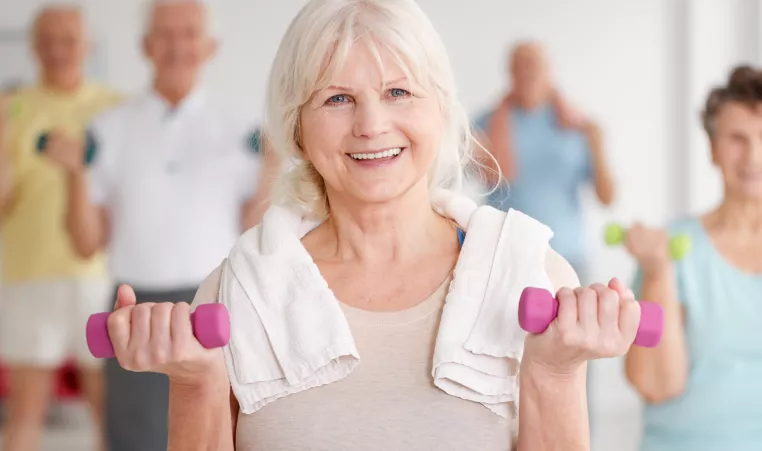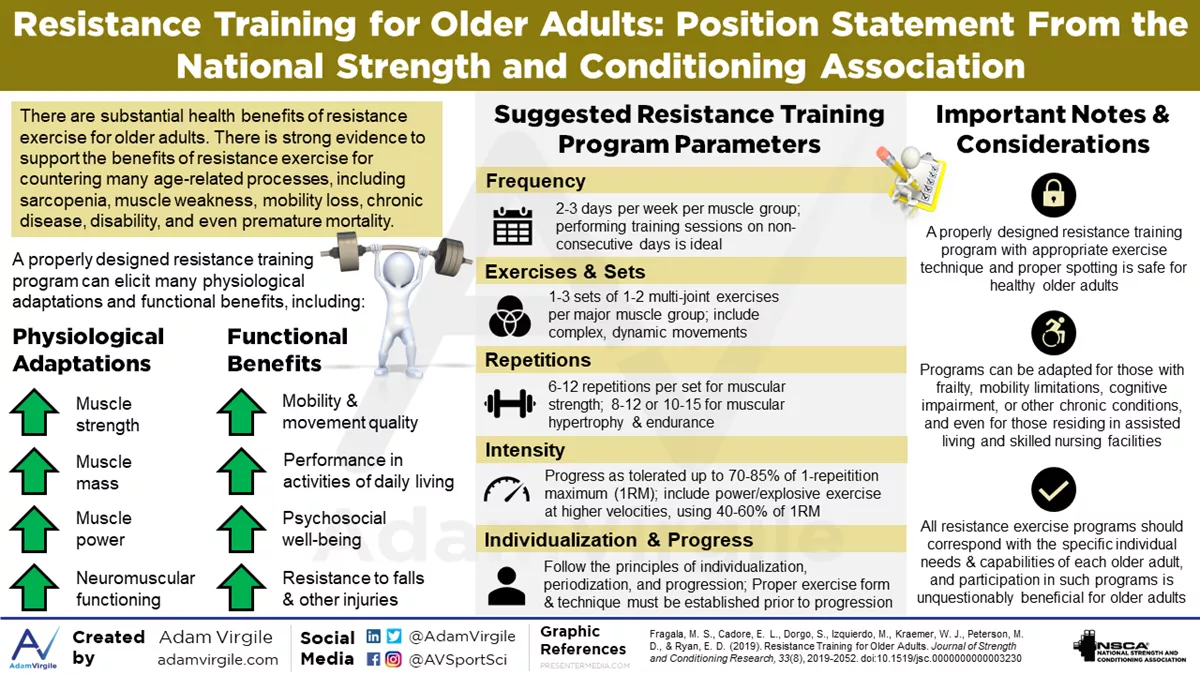
FITNESS FOR ACTIVE OLDER ADULTS
By 2050, there will be 84 million older adults in the United States. In the next 8 years alone, this population is expected to increase 55%. As a personal trainer who works with this category as well as someone who keeps getting older, it has been on my mind. Specifically- retaining independence.
Retirement should be a time of enjoyment! A time to explore places and interests and be with family and friends. This is not the time to stop doing the activities that you want or to have trouble doing activities of daily living (standing from a chair, walking, going up stairs). However, this is often the case. When we lose muscle- we lose strength, we lose mobility, we lose independence.
Sarcopenia is the age-related decline in skeletal muscle mass and function. This reduction leads to increased fall risk, deceased functional ability, and ultimately a loss of independence. Sarcopenia can begin as early as our 30s but tends to accelerate after age 60. Researchers estimate that 60–70-year-olds have generally lost 12% of their muscle mass, and those over 80 have lost up to 50%. As muscle mass declines, it is replaced with fat and fibrous tissue. This means that your weight might not change much, but you’re still losing muscle.
Guys, big words aside…
loss of muscle = loss of independence
This is huge! This is huge because we can do something to combat these changes!
How?
It has been well documented that resistance training can improve physical function. Resistance training is also called weight training or strength training. These positive improvements occur when performed regularly, with an adequate intensity and volume. Below you will find an infographic from the National Strength and Conditioning Association (NSCA) about resistance training and older adults.
Time in the weight room = time doing the things you want to do!
Jill Grindstaff, MS, CSCS, NSCA-CPT - Armbrust YMCA Personal Trainer

